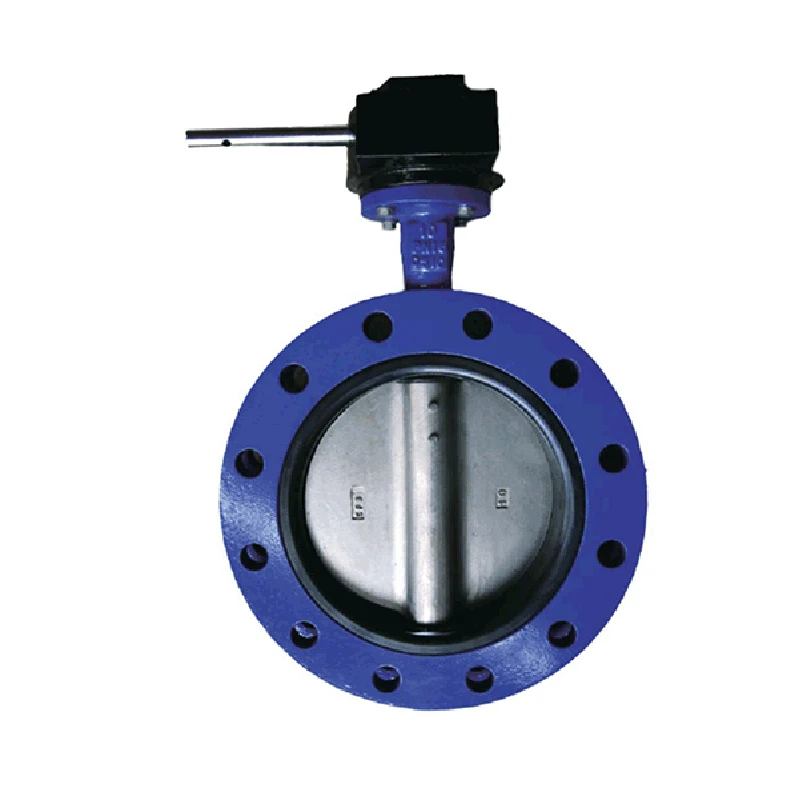ພ.ຈ. . 22, 2024 07:32 Back to list
flap check valve
Understanding Flap Check Valves Functionality and Applications
Flap check valves play a critical role in various piping systems, ensuring the unidirectional flow of fluids while preventing backflow. This essential component, often referred to simply as a check valve, operates based on the principle of buoyancy and gravity, making it a reliable choice for both industrial and residential applications.
At its core, a flap check valve consists of a hinged disc or flap that opens when fluid flows in the desired direction and closes when the flow reverses. This mechanism is designed to protect pumps, compressors, and other equipment from potential damage caused by backflow. The simplicity of the design belies its importance; when functioning correctly, flap check valves can prolong the lifespan of system components and enhance overall efficiency.
Flap check valves are commonly used in a variety of applications, including water treatment plants, wastewater management systems, and HVAC systems. They are particularly prevalent in sewer systems where they prevent the backflow of waste, protecting downstream infrastructure and ensuring the system's integrity. Additionally, in water supply systems, these valves help maintain consistent pressure levels, contributing to efficient operation.
flap check valve

One of the notable advantages of flap check valves is their low maintenance requirement. Unlike some mechanical check valves, flap check valves do not have intricate moving parts that can wear down over time. Their design allows for reliable operation, provided that the installation is correctly executed and maintenance checks are performed regularly.
Choosing the right flap check valve involves considering several factors, including the size of the pipe, the type of fluid being transported, and the pressure and temperature conditions of the system. Manufacturers often offer a variety of materials, including plastic, stainless steel, and cast iron, to accommodate different operational needs. It’s essential to match the valve material to the fluid type to prevent corrosion or degradation.
Installation of flap check valves must be done carefully to ensure optimal performance. They should be oriented correctly, typically with the flow direction indicated on the valve body. Incorrect installation can lead to failure in preventing backflow and could result in severe consequences for the entire system.
In summary, flap check valves are vital components that ensure the smooth and efficient operation of fluid systems. Their ability to prevent backflow, coupled with low maintenance needs, makes them an indispensable part of many industries. Understanding their functionality and choosing the right type for specific applications can significantly enhance the performance and reliability of plumbing and piping systems. As industries continue to evolve, the importance of such valves in safeguarding equipment and ensuring operational efficiency will only grow.
Share
-
Reliable Wafer Type Butterfly Valves for Every IndustryNewsJul.25,2025
-
Reliable Flow Control Begins with the Right Ball Check ValveNewsJul.25,2025
-
Precision Flow Control Starts with Quality ValvesNewsJul.25,2025
-
Industrial Flow Control ReliabilityNewsJul.25,2025
-
Engineered for Efficiency Gate Valves That Power Industrial PerformanceNewsJul.25,2025
-
Empowering Infrastructure Through Quality ManufacturingNewsJul.25,2025